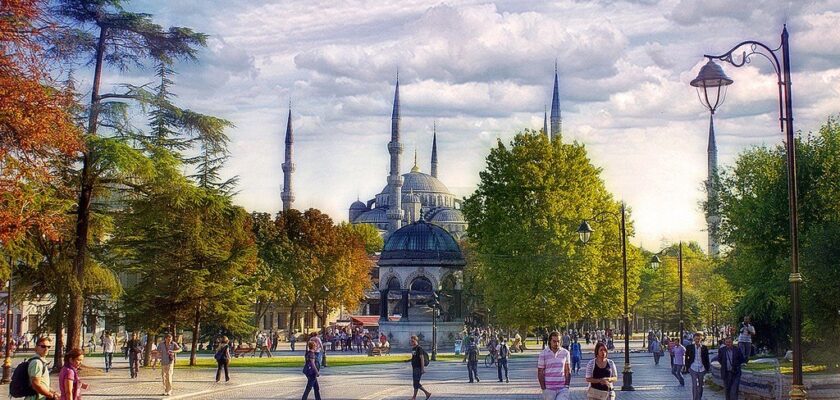Sultanahmet Squares
Sultanahmet is Istanbul’s main square and its historical center. All the most interesting things to see in this city are within one square – the grandiose Aya Sofia Cathedral, the graceful Blue Mosque, ancient Greek columns, an Egyptian obelisk, a magnificent fountain presented to the Turkish Sultan by the German Chancellor at the dawn of the 20th century, and much more.
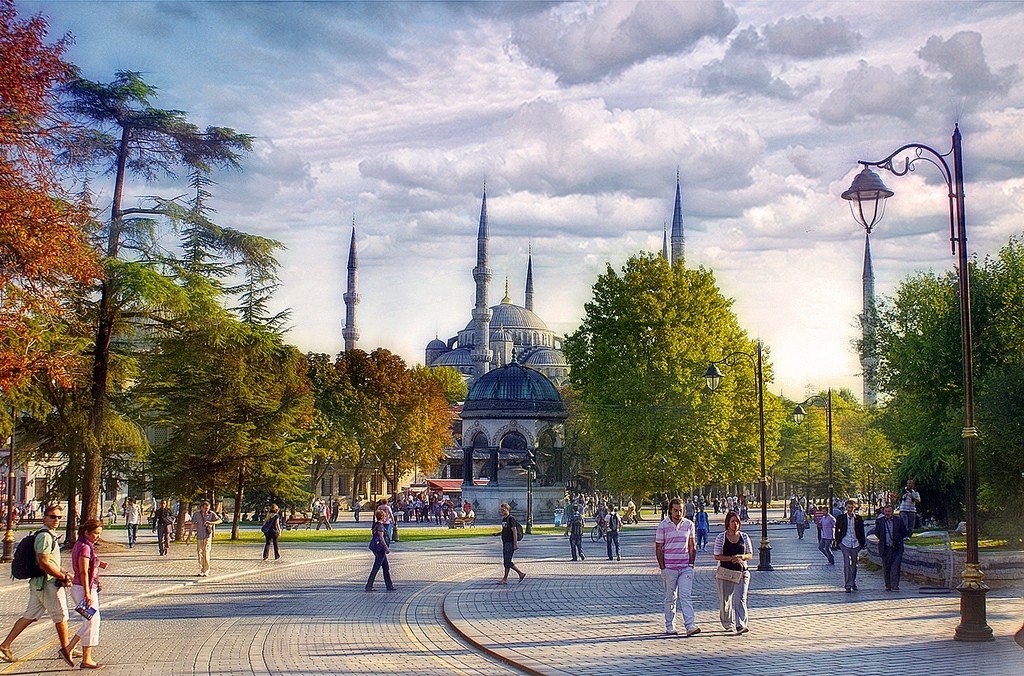
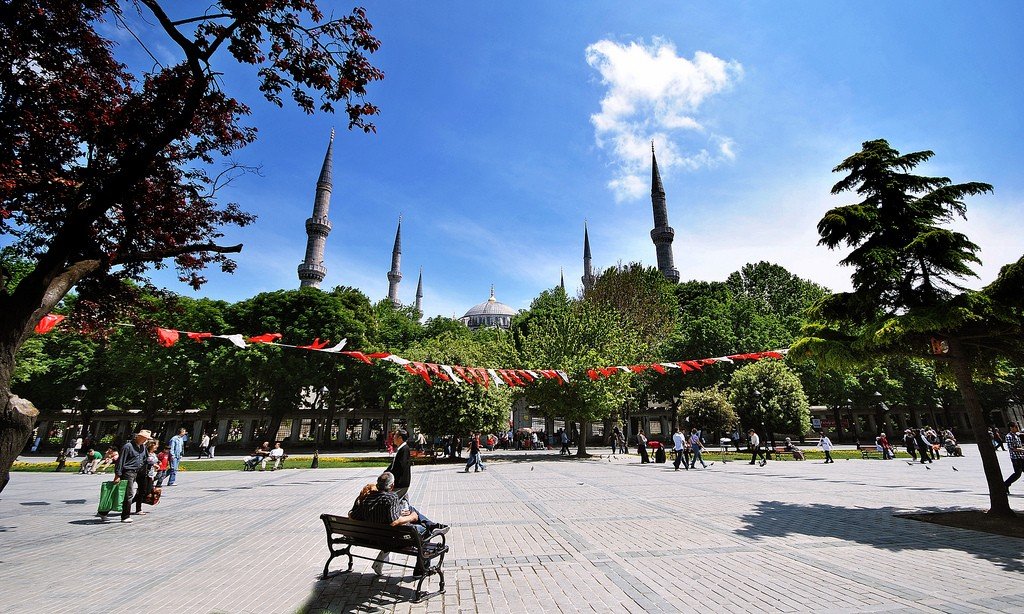
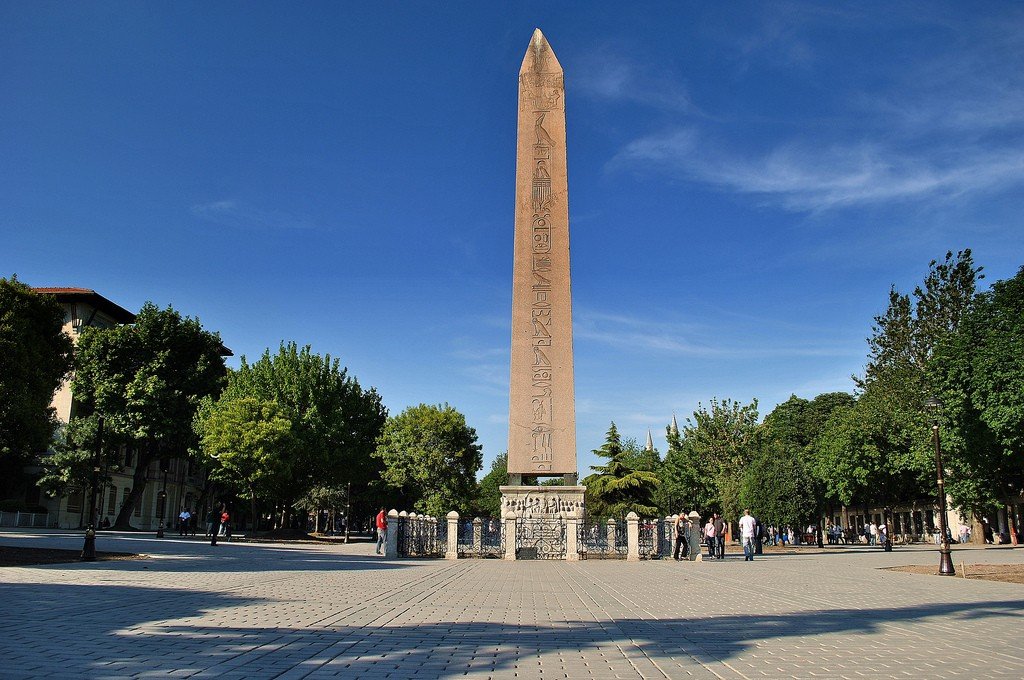
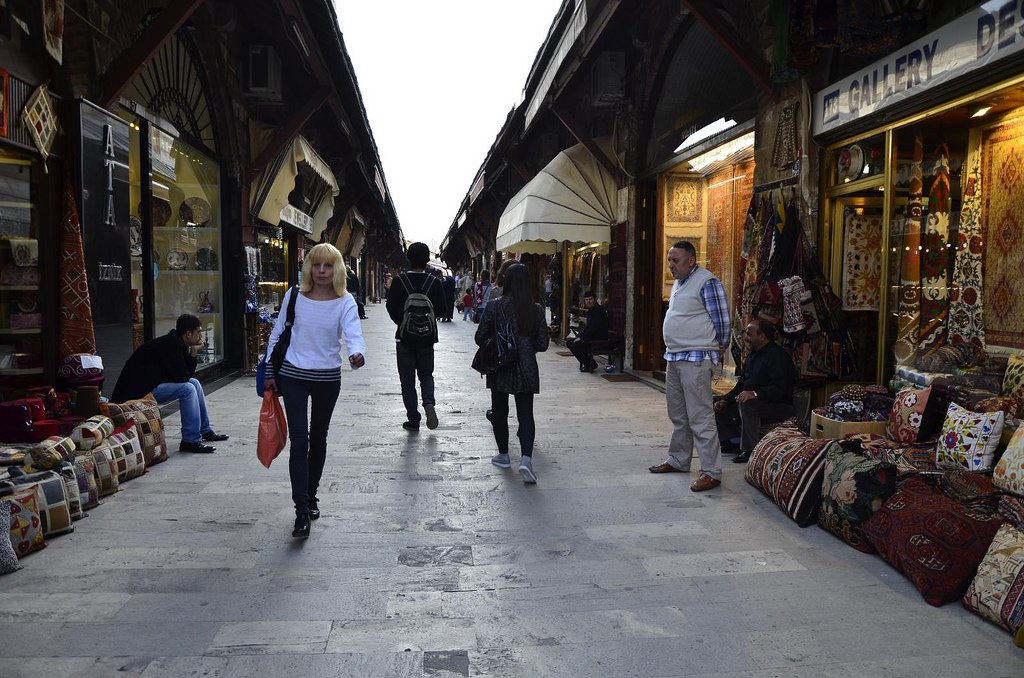
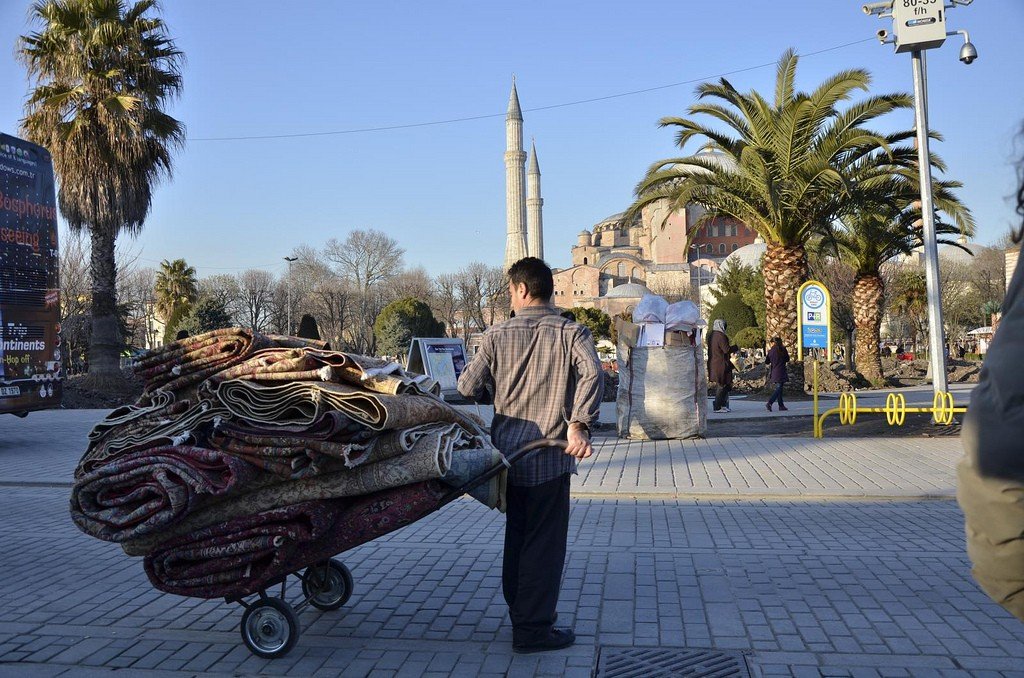
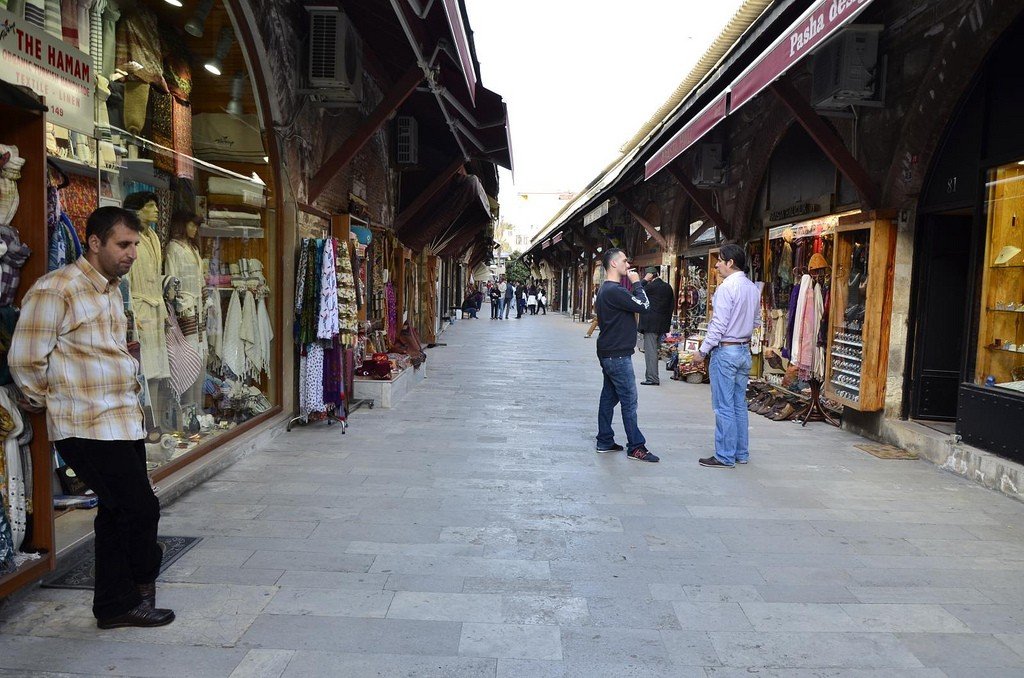
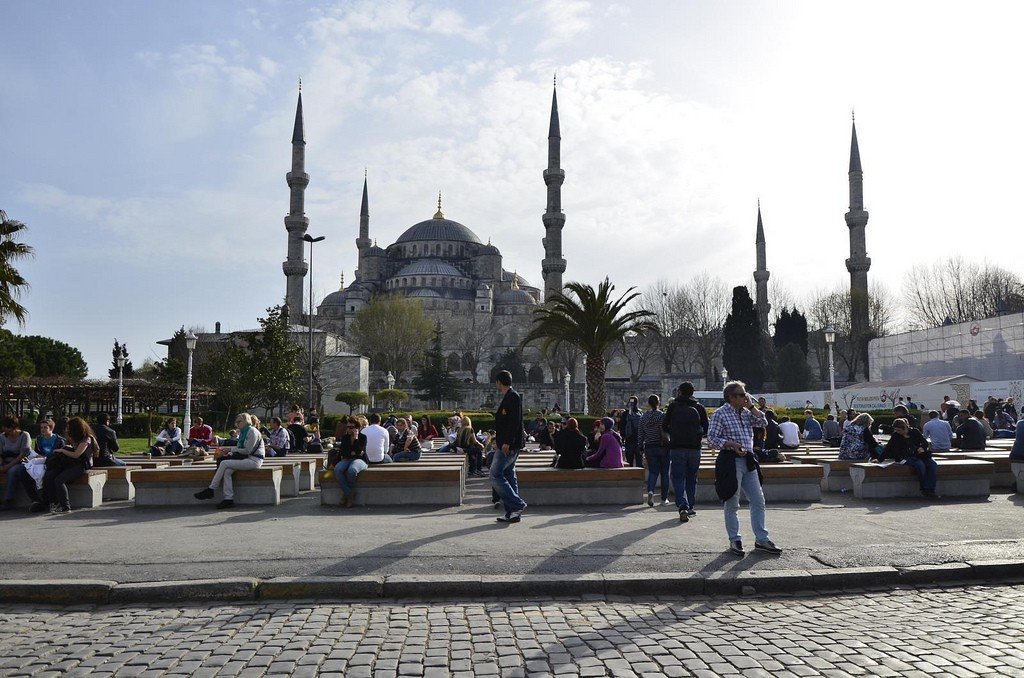
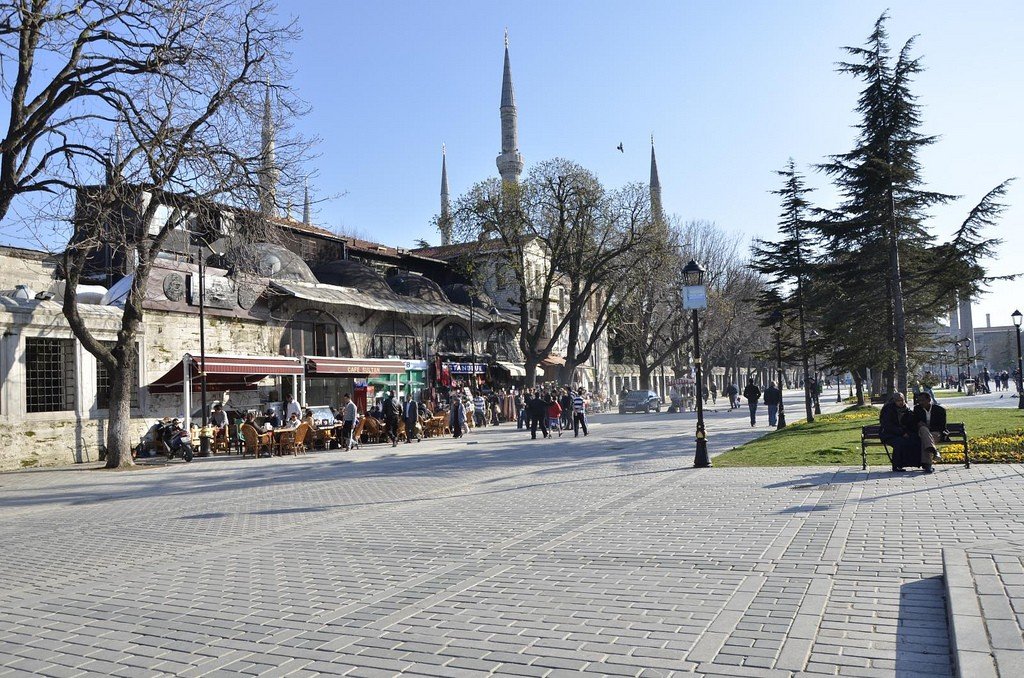
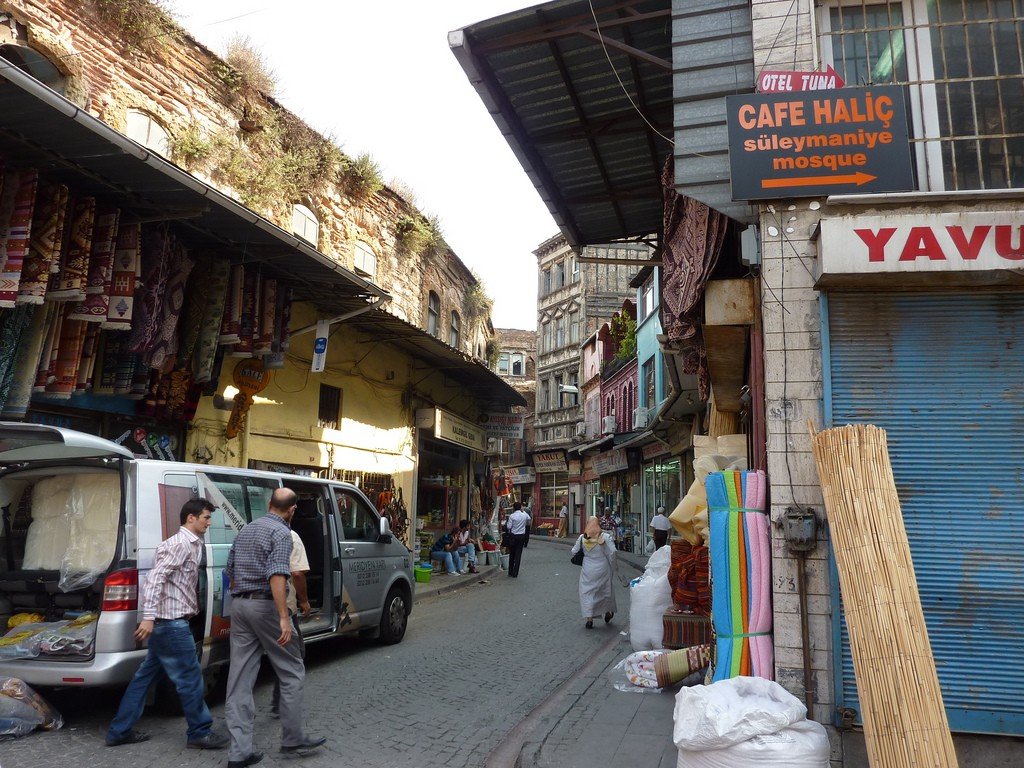
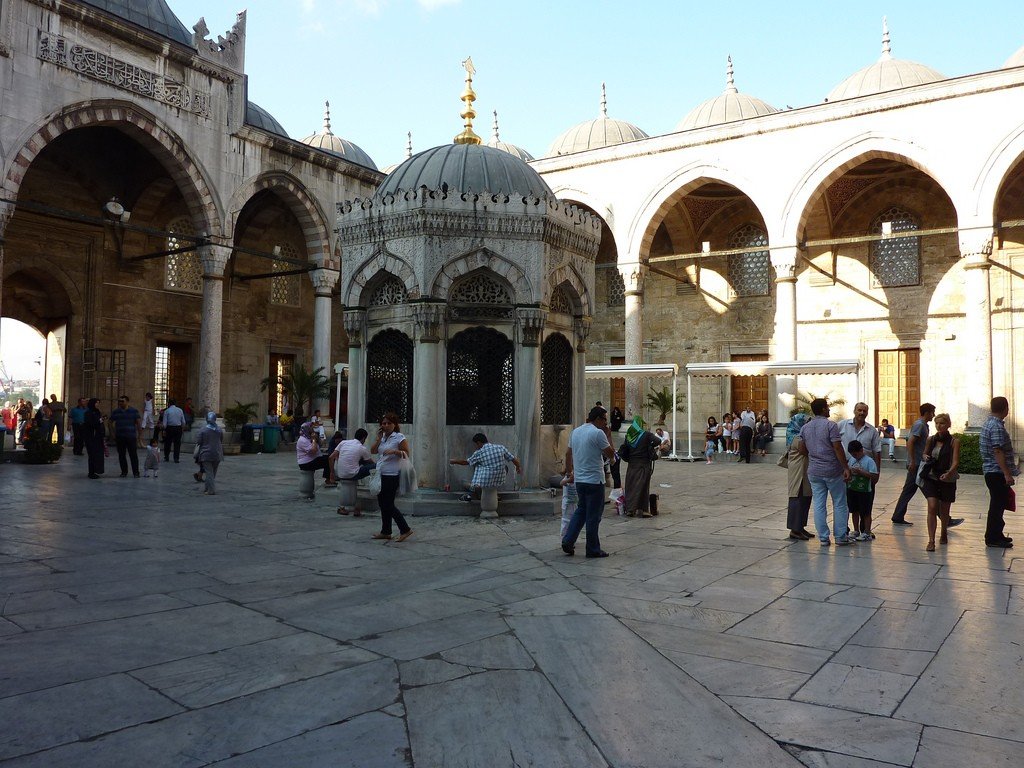
Hippodrome
Part of Sultanahmet Square is on the site of the ancient Hippodrome, the construction of which was begun by the Roman Emperor Septimius Severus in 203, when the city was still called Byzantium. In 330-334, Emperor Constantine, creating a new capital, completely rebuilt the Hippodrome. After the rebuilding, the size of the structure was about 450 meters long and 120 meters wide, the capacity of the Hippodrome was about 100,000 people. The entrance to the Hippodrome was on the north side, roughly where the German Fountain is now. The hippodrome was decorated with the famous quadriga, which was taken to Venice in 1204.
.Chariot races were held at the hippodrome, which in their heat of passion led to major scuffles among the fans and sometimes riots. Fans of spectacles (gladiatorial fights, and then, with the introduction of Christianity – circuses and hippodromes) in both the old Roman and Eastern empires were divided into several groupings according to the colors, in particular, of the chariots they cheered for and maintained: red, white, blue, green. For several centuries, the two main categories were the largest and most influential, the “blue” (Venites) and the “green” (Prasinians).
Emperors usually favored a particular grouping. Anastasius I favored the Venetians, Justinian the Great favored the Prasinians, and his wife Empress Theodora was rejected by them as a child after the death of her father, the overseer of the “Green” animals, and the family was given shelter and work by the “Blues”. Only the philosopher-emperor Marcus Aurelius once stated that his heart had never supported either the Prasinians or the Venetians.
The largest revolt of the united Venetians and Prasinians, which was called the Nika revolt, occurred during the reign of Emperor Justinian in 532. As a result, Constantinople was significantly destroyed and more than 35,000 people were killed in the suppression of the revolt.
.
After the Turks conquered Constantinople in 1453, the Hippodrome was only used as a venue for various performances, fairs and other entertainment. The Janissaries organized performances and protests here.
The Egyptian Obelisk or Obelisk of Theodosius was brought from Luxor in 390 by order of Emperor Theodosius I and was installed in the Hippodrome on a specially made marble pedestal. The pedestal depicts various scenes with Emperor Theodosius and the scene of the installation of the obelisk at the Hippodrome. The obelisk is the oldest “building” of Istanbul, its age dates back to the XVI century BC, it is made of white-pink Aswan granite, its weight reaches 300 tons. On all sides of the obelisk there are Egyptian hieroglyphs depicting the heroic deeds of Pharaoh Thutmose III, in the upper part there is a picture of the Pharaoh and the god Amon. During transportation, the original obelisk, 32.5 meters long, was shortened, and now its height together with the pedestal reaches 18.80 meters.
.Snake Column
The Serpent Column was brought from the Delphic sanctuary of Apollo in Greece in 326 by order of Emperor Constantine the Great. The column symbolized the 479 BC victory of the Greek city-states over the Persians at Plataea. In the original this column, height of 6,5 meters, consisted of three intertwined snakes and was crowned with a three-legged golden bowl, and the snakes themselves were cast from the bronze shields of the fallen Persians. The bowl was lost in antiquity and the snake heads were broken in 1700. Today, one of these heads is among the exhibits of the Istanbul Archaeological Museum. In Byzantine times, the column was used as a fountain and had 29 openwork recesses on a bronze base. Currently, the column is 5 meters high.
.Obelisk of Constantine
The Colossus (Openwork Stone Column) was built of stone blocks by order of Emperor Constantine VII to honor the memory of his grandfather Basil I. The original height of the column was 32 meters, it was covered with gilded bronze (according to another version – copper) sheets, which were stripped off and melted down by the Crusaders during the 4th Crusade (1204). The column is currently 21 meters high.
.German Fountain
The German Fountain is a gift from German Kaiser Wilhelm II, who visited Istanbul in 1898. The fountain was made in Germany and was brought in disassembled form and installed in Hippodrome Square in 1900. The fountain is made in Neo-Byzantine style in the form of an octagon and is decorated on the inside with golden mosaics. On the inside of the dome, supported by columns, one can see the monogram of Sultan Abdul-Hamid II and the initials of Kaiser Wilhelm II.
.